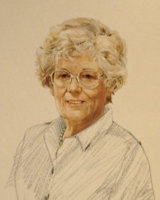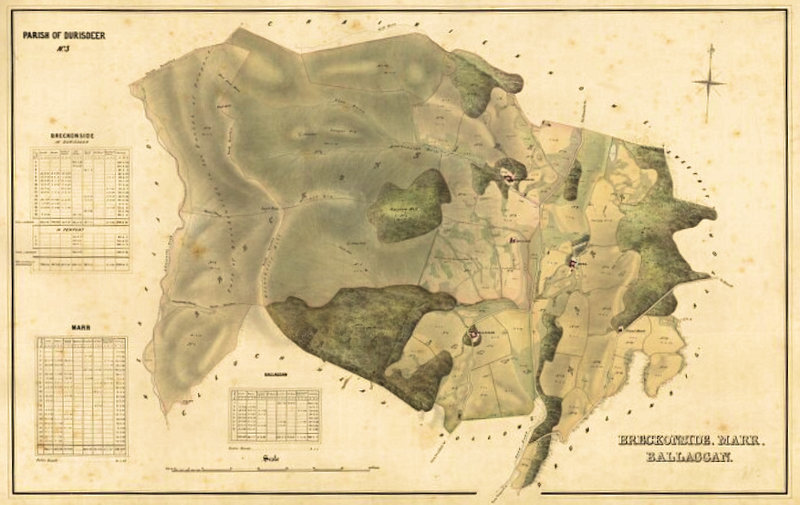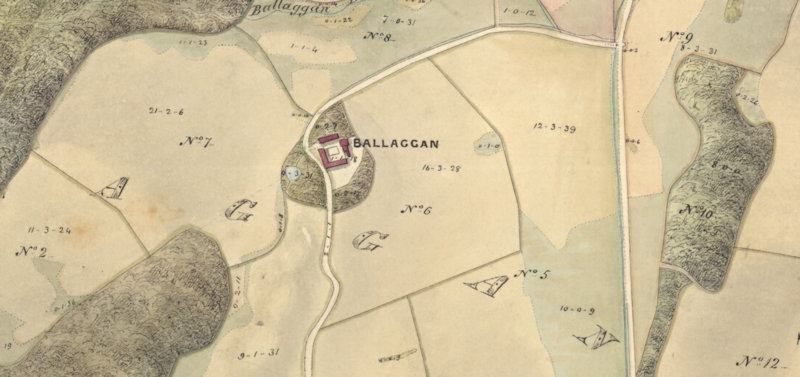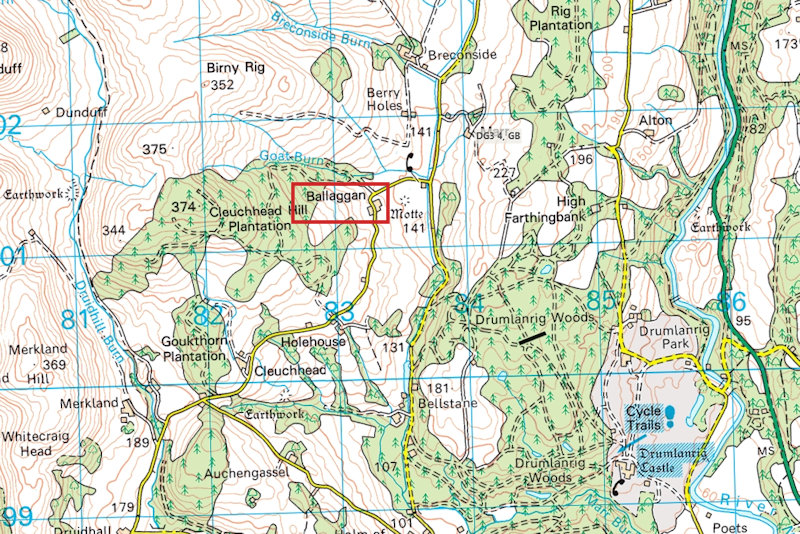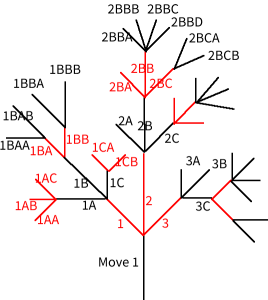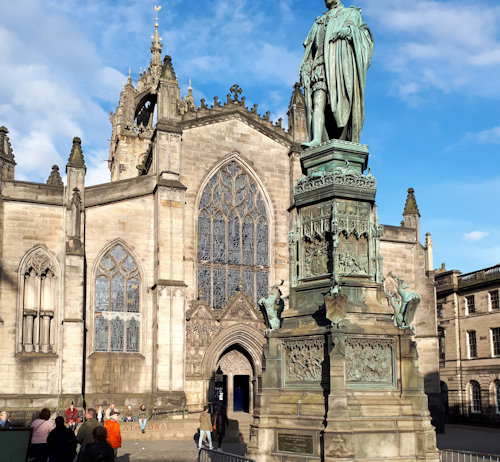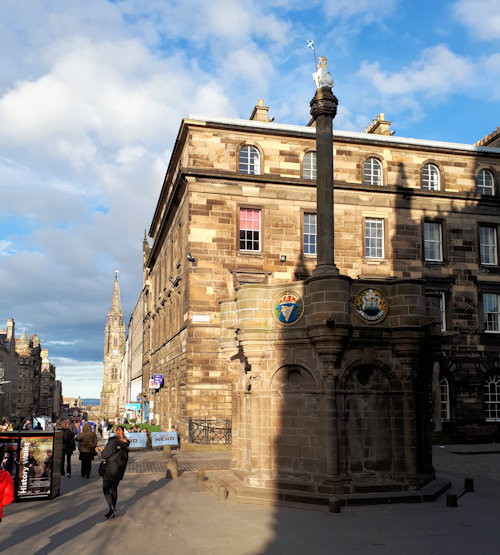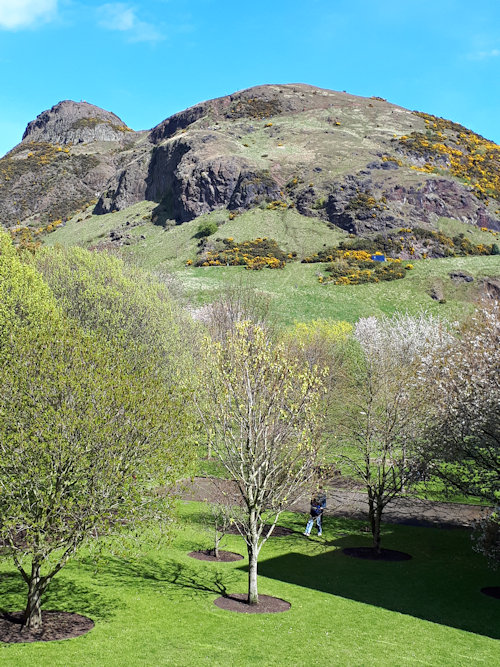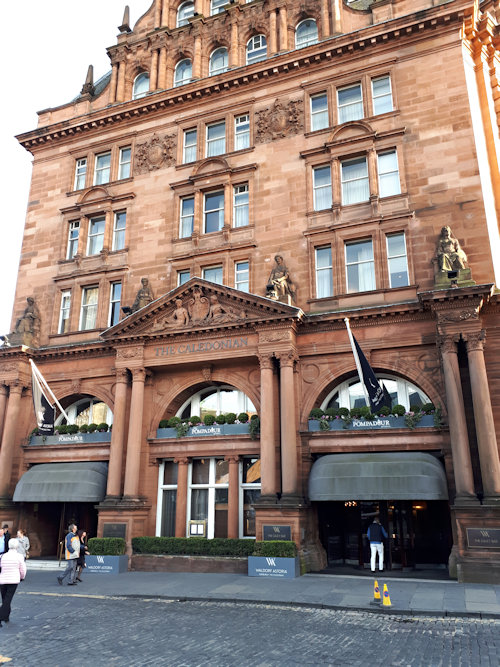It’s been a long time coming, and much delayed as work and various life events have got in the way, but for the last few months I’ve been working on the long-awaited rebuild of the main Dunnett website that this blog is an offshoot of. There’s been a lot of recoding, a lot of rewriting, and a lot more images, particuarly in the Places to Visit section.
Come back on Sunday and you’ll see a few changes! Hope you’ll like them.
